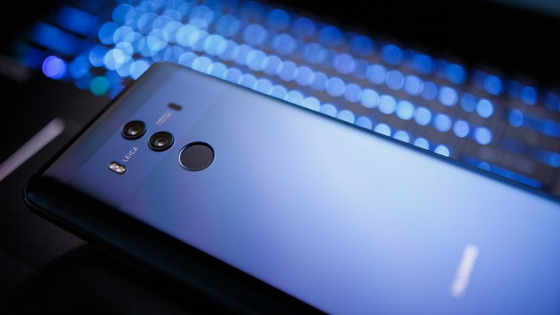Discovering HarmonyOS, the Huawei operating system born in response to the US ban. Here’s how it will be

With an official communication to users, Huawei presented HarmonyOS, its operating system created in response to the US ban and ready to replace Android, in the event of a degeneration of disagreements on the Washington-Beijing axis.
For months we expected confirmation on the circumstance, after the company had repeatedly stated that it was working on its own operating system, reassuring all Android users, worried about going against the Chinese company’s smartphone ban on using Google-branded software.
Last Friday the features of the new system were exposed during the company’s developer conference in Dongguan. Speaking at the event was the CEO of Huawei user compartment, Richard Yu, who highlighted the big differences between HarmonyOS, Android and iOS:
“HarmonyOS is completely different from Android and iOS: it allows you to develop an application only once, and therefore flexibly adapt it to a wide range of different devices.”
Let’s see then how HarmonyOS will be, based on the information leaked up to now.
Huawei: here is Harmony, the operating system of the company
According to Richard Yu, the company cannot deny the existence of th
e danger of facing total ban on access to US products.
The circumstance, a consequence of the commercial war between China and the United States
with relative escalation of mutual duties, could lead to enormous and invalidating limitations for the Chinese giant and its users.
For this reason Huawei is doing everything to ensure that its smartphones continue to use the Google operating system in the future. Yet it is not possible to ignore the worst perspective, which however – underlines Yang – would find the company “ready” .
HarmonyOS – highlighted Yu – allows for “developing an application only once, and therefore adapting it flexibly to a wide range of different devices”.
Therefore, the first element to be highlighted with respect to the Huawei operating system is that it is an open source; in short, compatible with every electronic device, from TV to speakers, passing through cars, tablets, smartwatches and of course smartphones.
Conceived and conceptually launched as far back as 2017 with microkernel architecture – more flexible than Google and iOS – it can therefore be defined as multi-platform and low-latency.
Both features that the latter – underlines the company – guarantee fluidity and therefore a leaner circuit, able to offer better performance in terms of speed and quality.
In addition to Android applications, it will support Linux, web-apps and virtually any programming language, from Javascript to C via Kotlin and C++.
To give the first responses must be the Chinese television sector, given that the real launch phase of HarmonyOS will be on the smart TV of the Chinese tech giant, by the end of 2019.
This last element is perhaps the most
significant indication from the point of view of the Huawei plans with respect to the newly created operating system, given that in this first phase it is officially oriented only towards TVs produced by the company.
It dates back to a few days ago the announcement of the launch of Honor Vision, a 55-inch smart TV ready to promise futuristic features in terms of connectivity and intelligence and, above all, ready to use HarmonyOS as an operating system.
